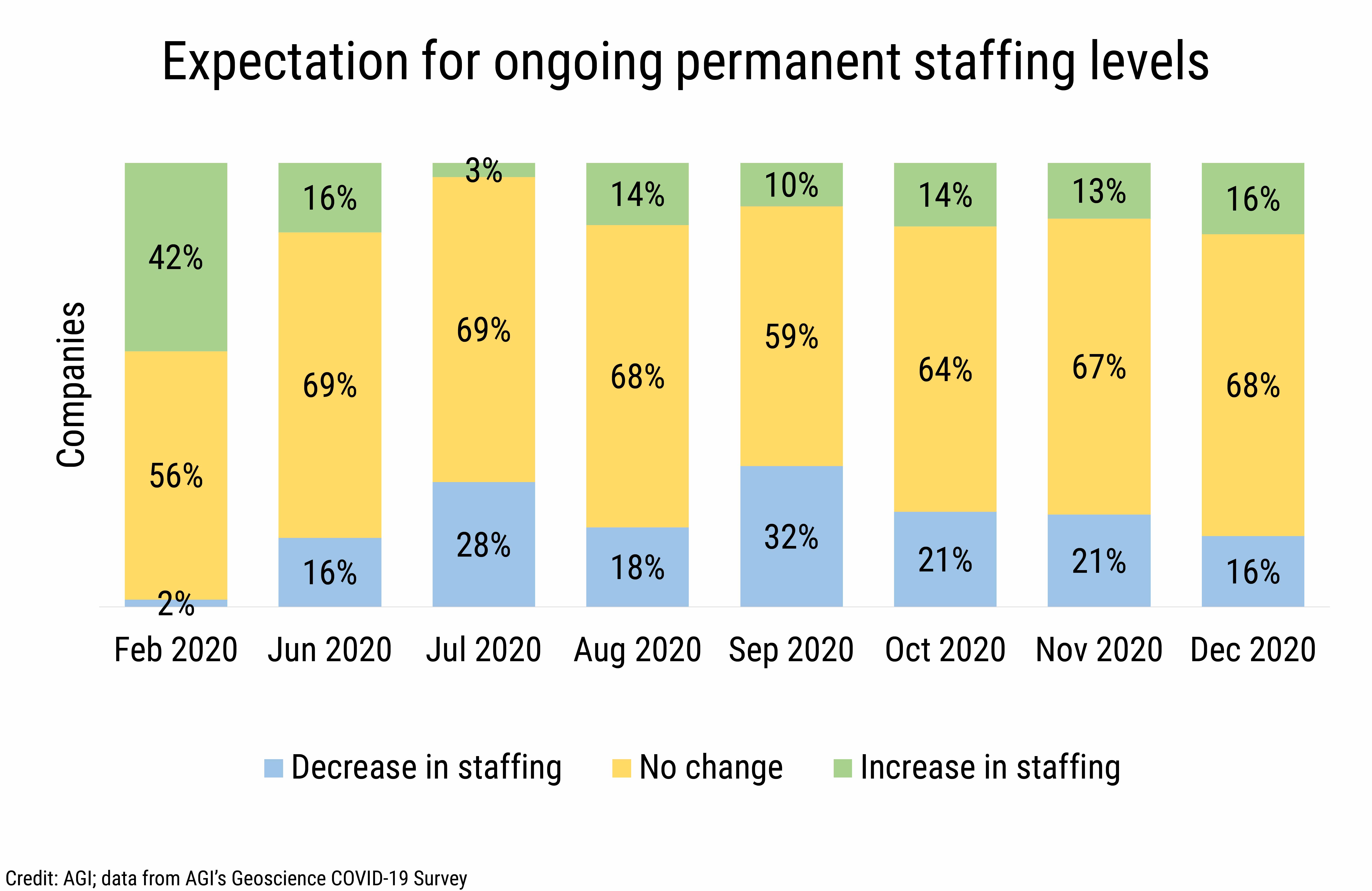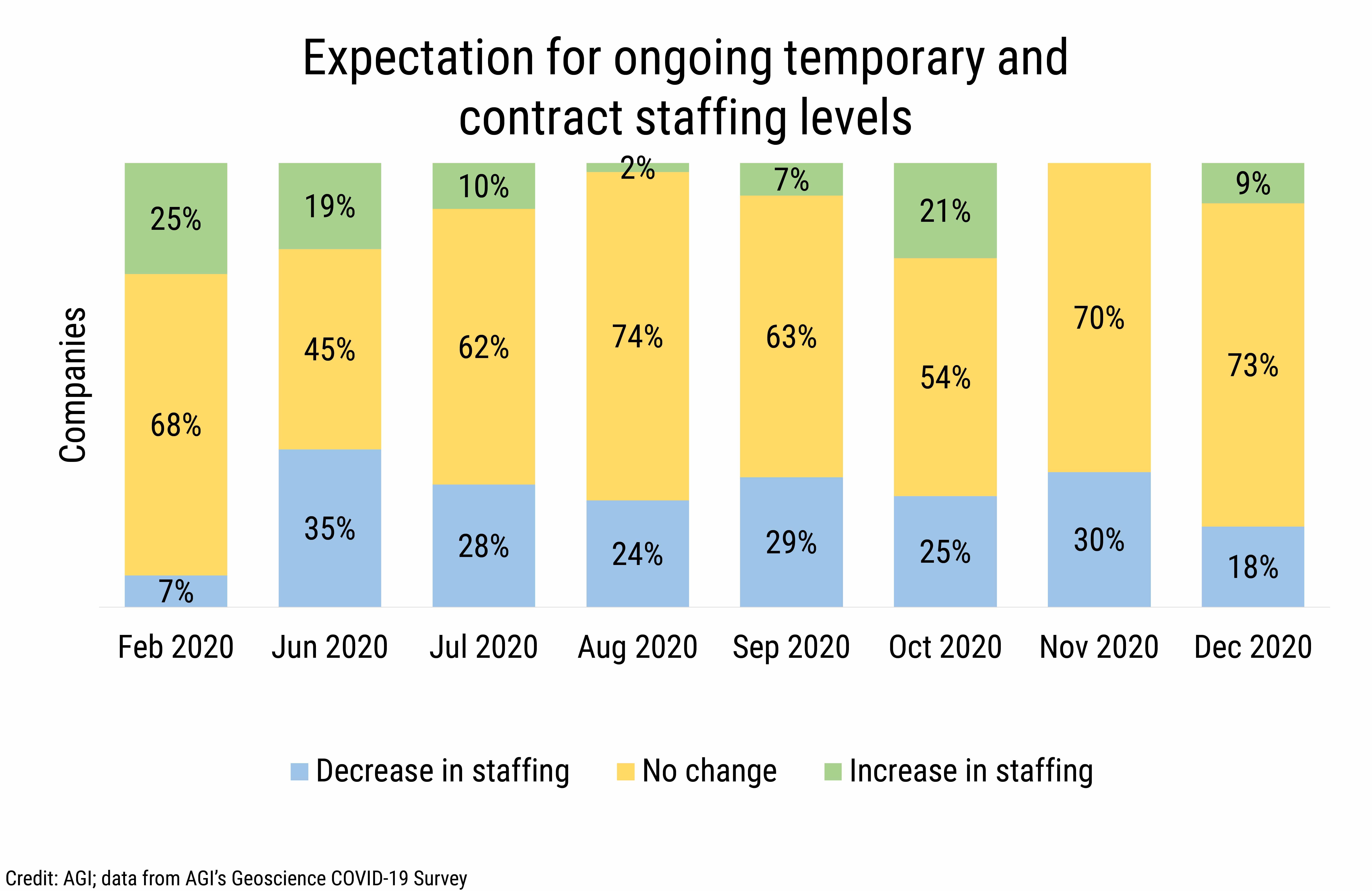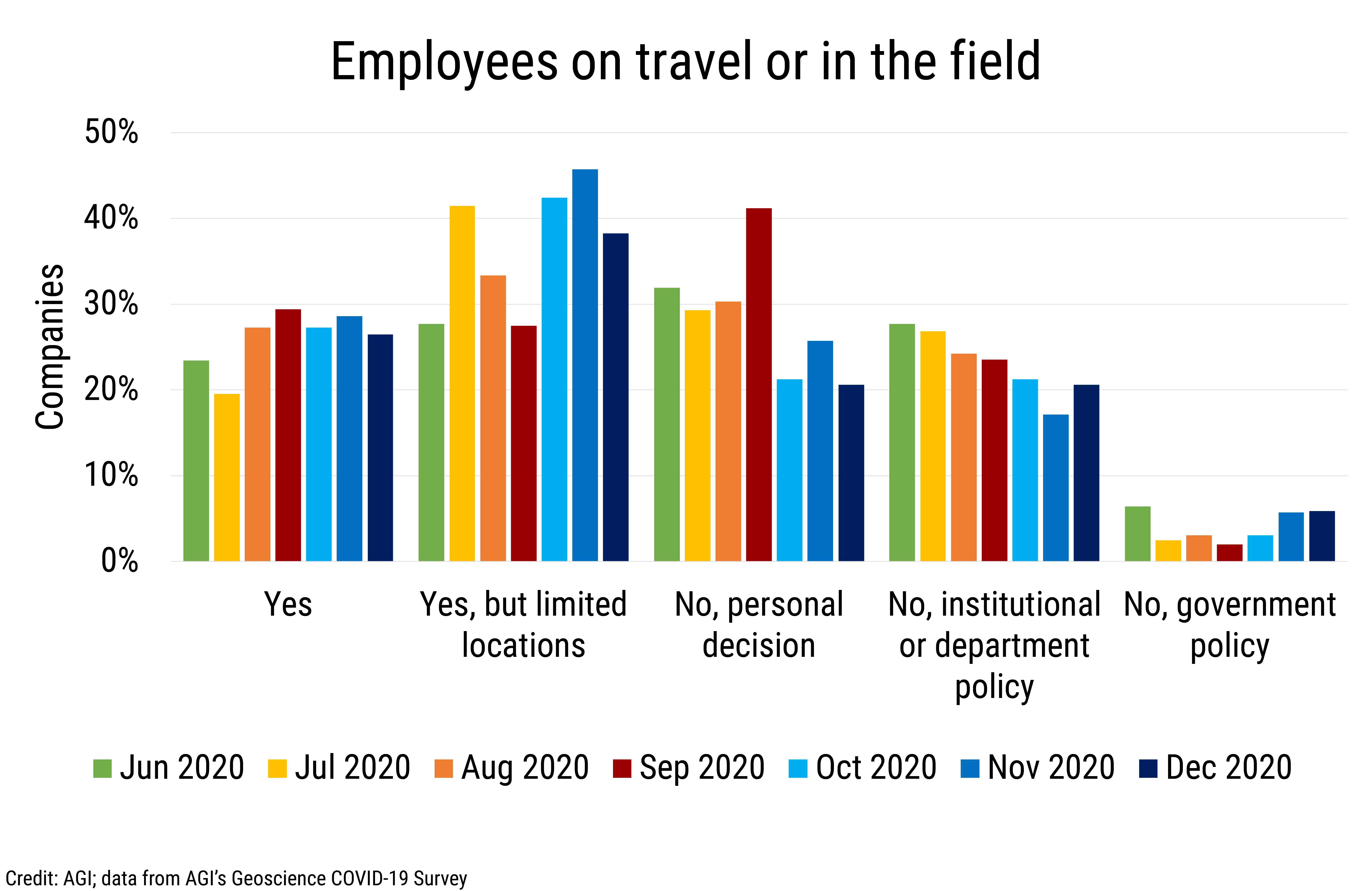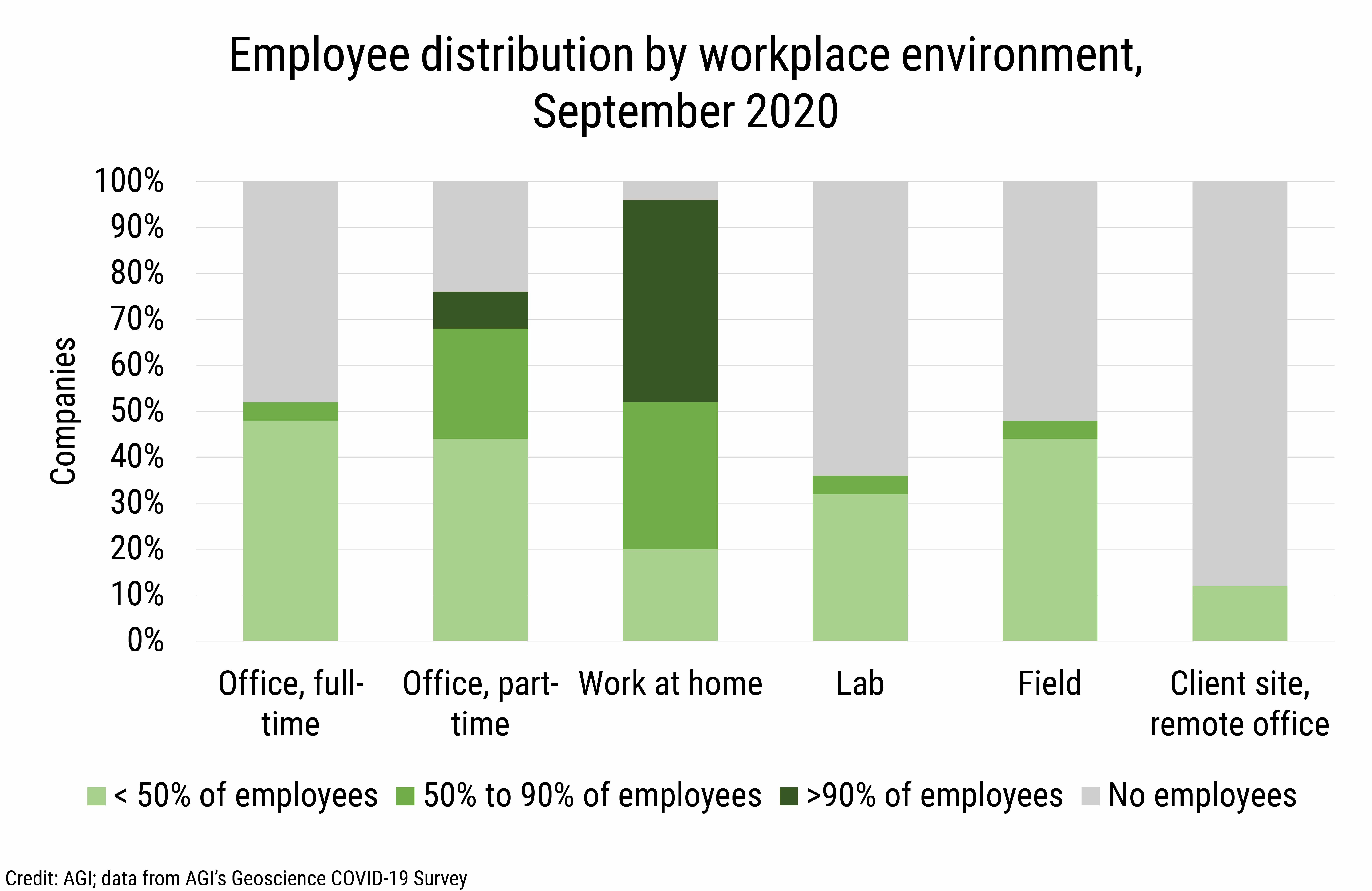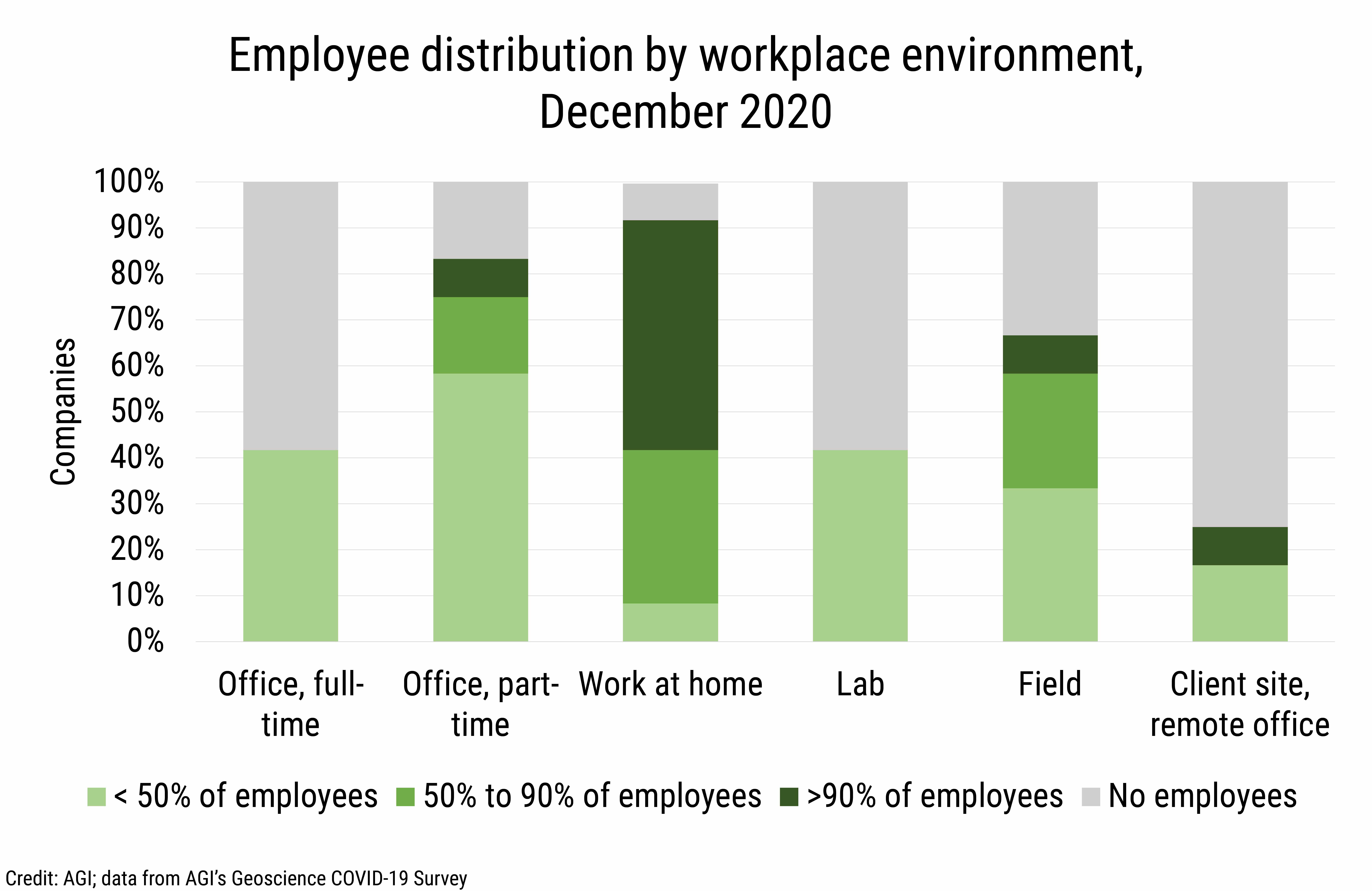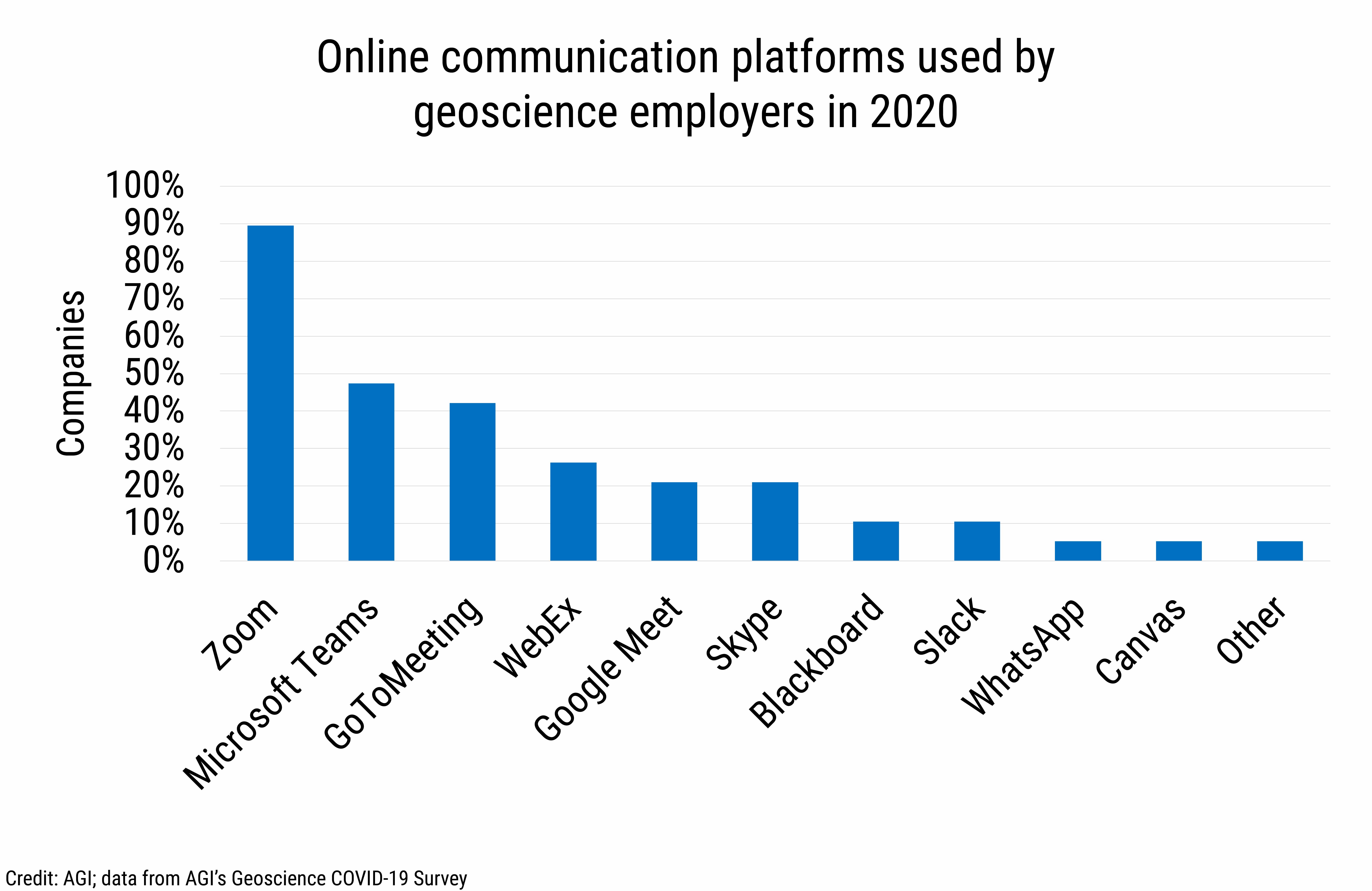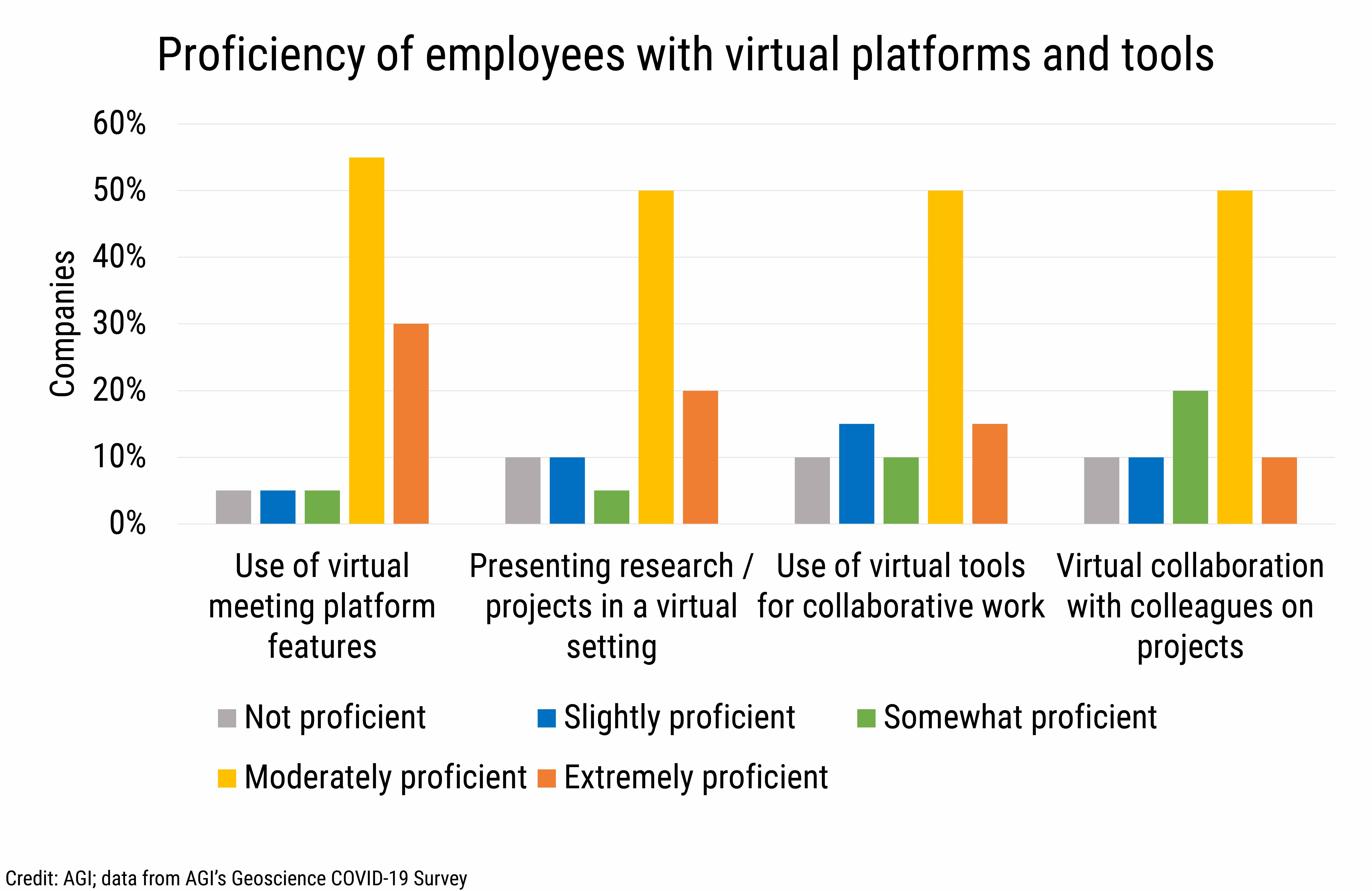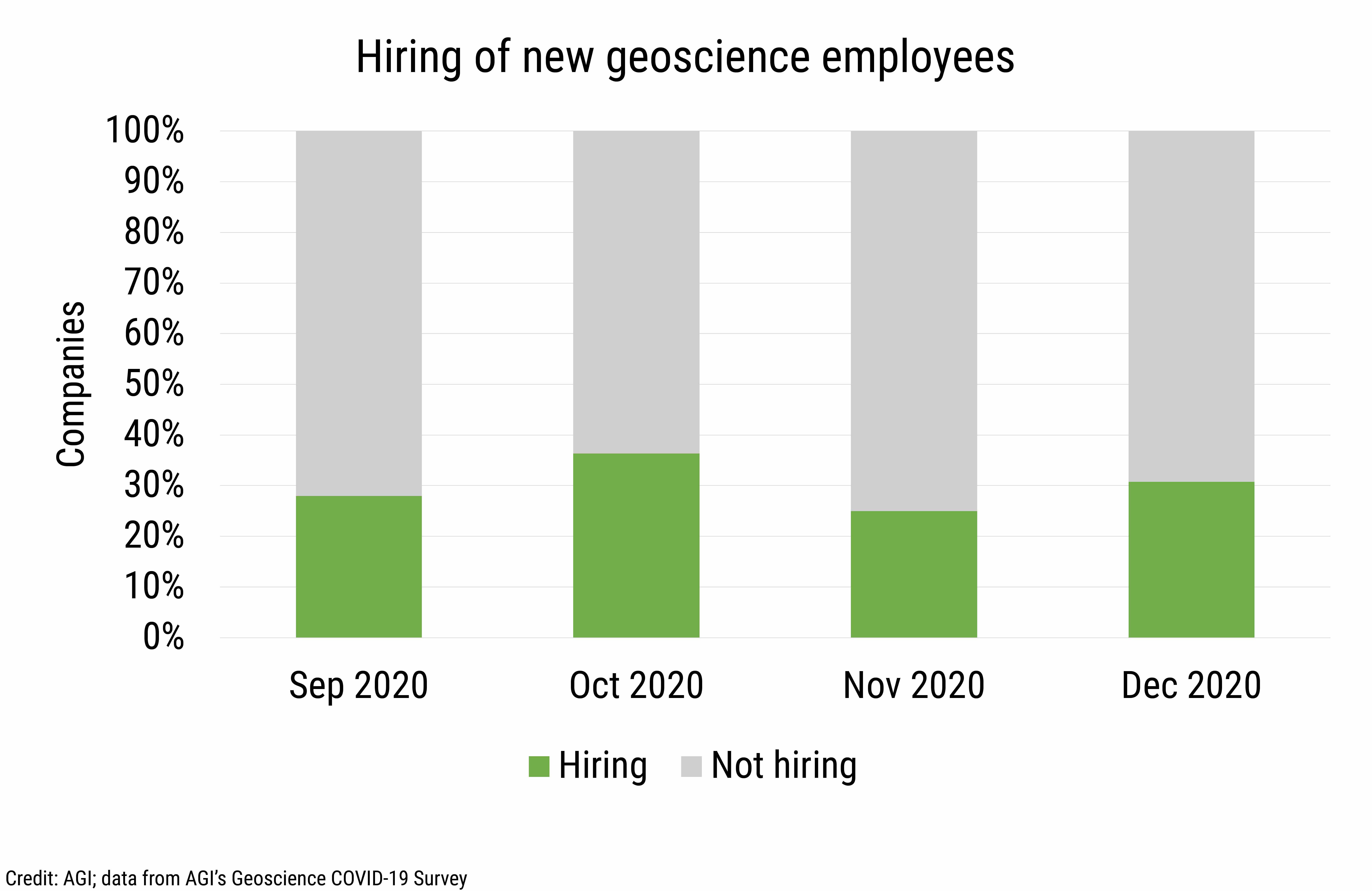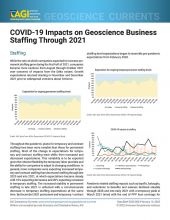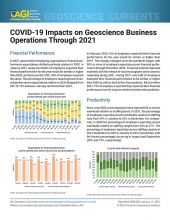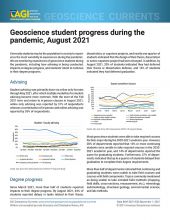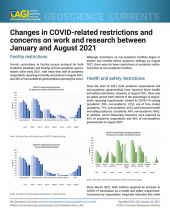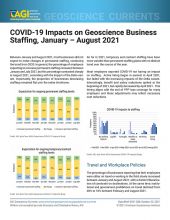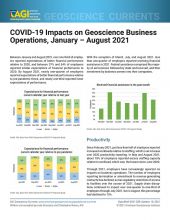Staffing
Most businesses did not expect to make changes in permanent staffing throughout 2020, and less than one-third of companies expected decreases in permanent staffing. In addition, between September and December 2020, the percentage of businesses expecting to increase staffing grew from 10% to 16%. Similarly, while most companies did not expect changes in temporary or contract staffing, between 24% and 35% of companies expected decreases in temporary and contract staffing, and this percentage declined to 18% by the end of 2020.
Travel and Workplace Policies
Businesses reporting that their employees were either on travel or working in the field increased from 51% to 74% between June and November and then declined to 65% in December 2020. Over the same period, businesses reporting institutional or departmental policies prohibiting travel declined from 28% to 17% and then increased to 21% in December. In September, 41% of businesses reported employees choosing not to travel or do field work, and this percentage declined to 20% by the end of the year.
Workplace policies available to employees have shifted as companies have adjusted to long-term remote work situations. In February 2020, 79% of companies reported offering limited and/or permanent telework situations to employees, with most companies offering limited telework. Between June and September, over 90% of companies provided limited and/or permanent telework situations for their employees, and this percentage declined to 88% in December. Unlike in February, where limited telework was the primary mode of teleworking available, starting in June, the primary mode of telework offered to employees was permanent telework.
Since June, the percentage of companies providing employees with the ability for limited in-office work increased, peaking at 82% in October and declining to 68% in December. Meanwhile, the percentage of companies that provided employees with the ability for permanent in-office work increased from 18% to 36% between June and October and declined to 12% by December. The percentage of companies providing employees with access fieldwork and site visits increased throughout 2020, peaking at just over 70% in October and November, and the percentage of companies offering access to lab facilities increased between June and August and remained relatively steady near 30%, with peaks in September and November.
In December, we asked about the benefits and challenges of how work and research were being conducted during the pandemic. Employers reported many positive aspects to telework, including increased efficiency for collaborative projects and meetings, increased employee morale related to work/life balance, greater global reach with meetings, increased frequency in communication between management and staff, more time for employees to focus on work and research, and reduced expenses related to operational overhead and travel. Several employers also noted how the pandemic provided the catalyst to become more streamlined with respect to processes and protocols, and others noted how telework was more beneficial than originally expected and that they expect to incorporate it as a long-term workplace policy available to employees.
While remote work has its share of benefits, the primary challenge reported by employers is the lack of in-person communication. Employers also noted how remote work caused issues with onboarding new employees, maintaining organizational culture, having less in-depth and shorter interactions with clients and colleagues, and having fewer opportunities for creative interactions that generate new ideas. IT challenges also were noted as an issue, especially in cases where employees did not have sufficient internet bandwidth to meet their computing needs. Some employers commented on the challenges related to field and lab work especially when multiple employees and customers were involved.
In September and December, we asked about the distribution of staffing across different workplace environments. Over this period, companies reporting employees working full-time in the office or working at home declined from 52% to 42% and 96% to 92%, respectively. At the same time, companies reporting employees working in the office on a part-time basis increased from 76% to 83%. Furthermore, the percentage of employees working in lab facilities, doing field work, or working at client sites or remote offices also increased between September and December.
Over 70% of employers provided technology equipment such as computers, monitors, printers, software, office supplies, and furniture for employees who were working from home.
Only 17% of companies provided financial assistance for employees to set up their remote working environments, and just over one-fifth of companies did not provide any assistance for employees who worked from home. Training on remote working technologies (i.e. using shared drives, setting up network and printer connections, cyber security, etc.) was provided by just over one-third of companies.
Technology Platforms
Zoom was the most commonly used online communication platform by businesses followed by Microsoft Teams (89% and 47% respectively), and 68% of businesses reported using multiple online communications platforms. While most employers reported that their employees were moderately to extremely proficient with using virtual platforms and tools, employees were reported to be more proficient with the use of virtual meeting platform features than with collaborating virtually on projects.
Hiring
Starting in September, we began asking employers about job openings and hiring trends. Companies reporting job openings in late 2020 increased from 27% to 42% between September and October thereafter declining to 38%. Furthermore, between 25% and 36% of employers reported hiring geoscientists between September and December 2020, with the highest percentage of employers (36%) reporting hiring geoscience talent in October.
In addition to hiring trends, we also inquired about challenges employers were facing in hiring and recruiting new geoscience talent. In November, employers report budgetary restrictions such as hiring freezes, difficulty in finding qualified individuals, and issues with ineffectiveness of online interviewing as the primary challenges. Employers also reported struggling with the large number of applications for open positions.
We will continue to provide current snapshots on the impacts of COVID-19 on the geoscience enterprise throughout the year. For more information, and to participate in the study, please visit: www.americangeosciences.org/workforce/covid19
Funding for this project is provided by the National Science Foundation (Award #2029570). The results and interpretation of the survey are the views of the American Geosciences Institute and not those of the National Science Foundation.


